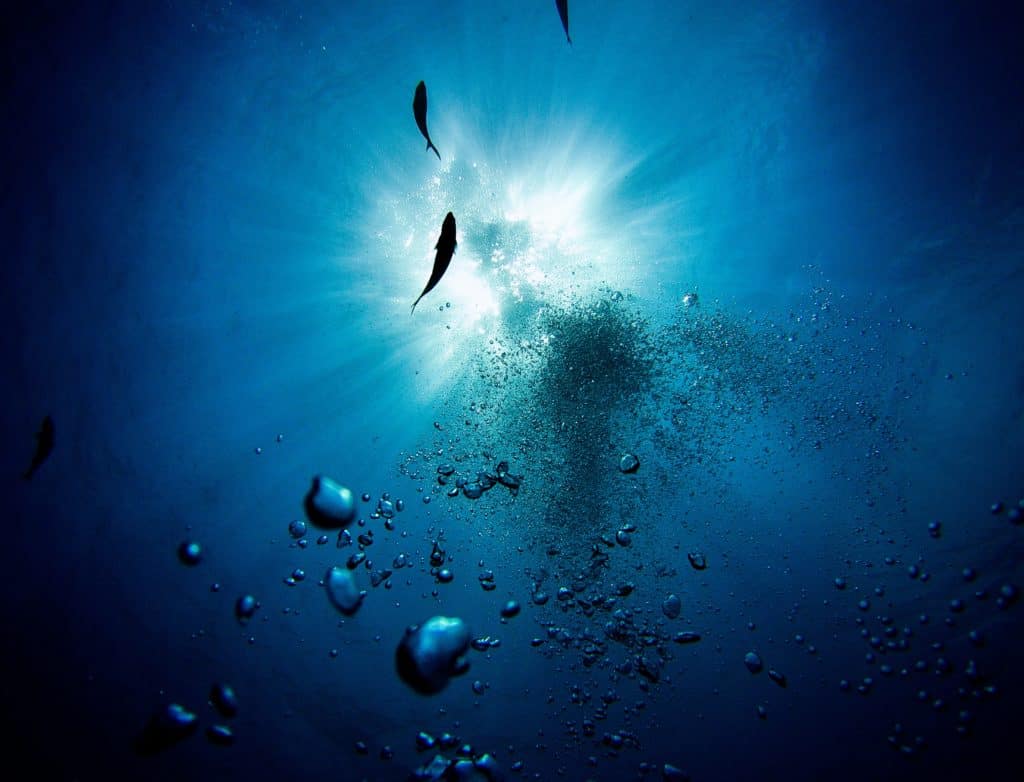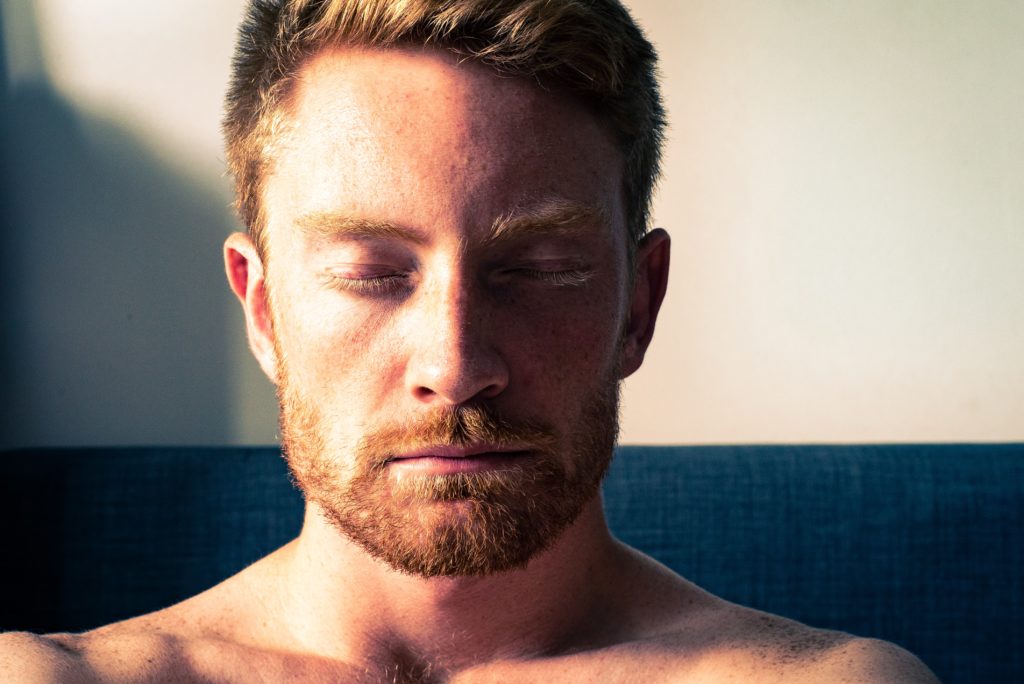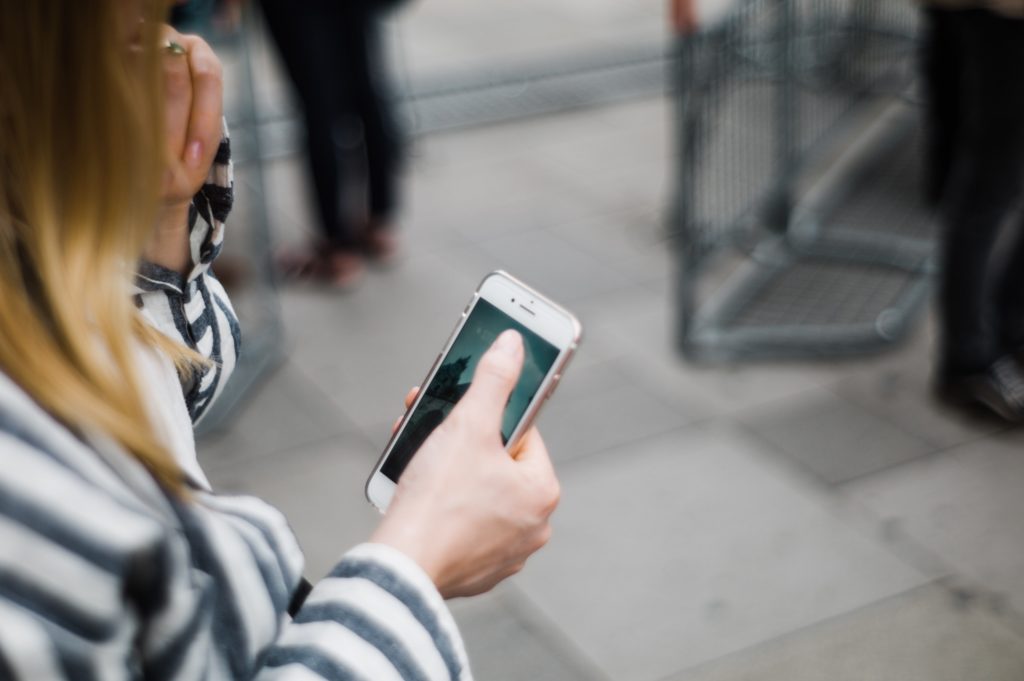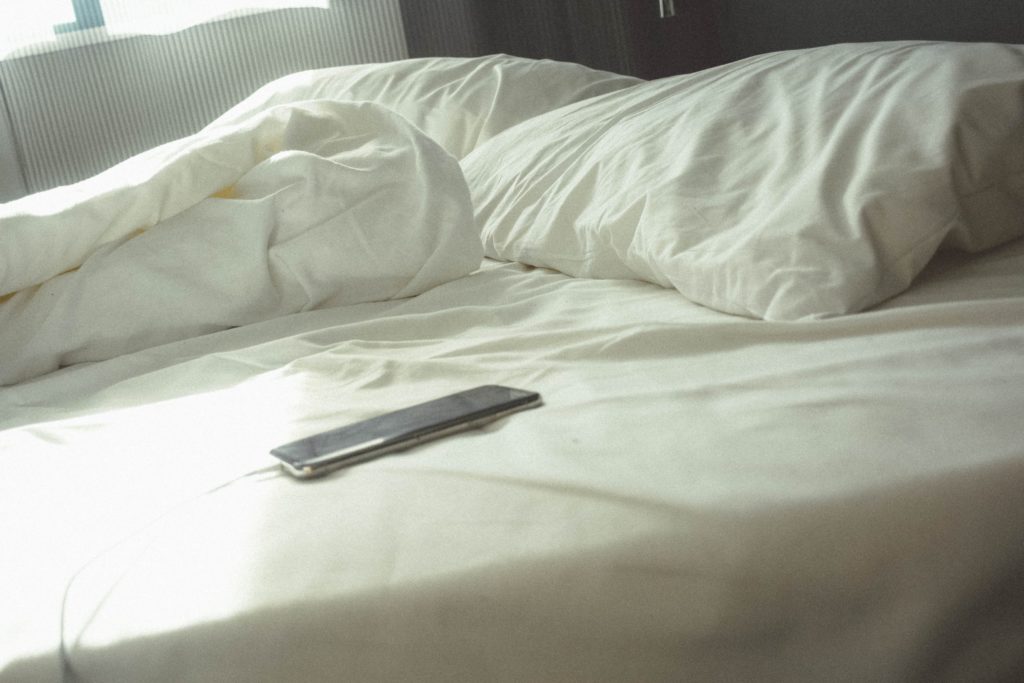Thoughts on freediving*, mental health and technology.
One calm deep breath and I glide into the calm deep sea. The underwater world is breath taking, literally. The blue abyss is simultaneously alluring and terrifying. The enchanting play of light above my head is soothing. I trace the red dots on the safety line and feel the cold pressure hugging me tighter and tighter with every meter. I equalise the mask and relax into the tight feeling inside my chest, negotiating the need to breath. Heartbeat slows down. Time slows down until it disappears. No breath, no thoughts, no worries.
*freediving is the activity or sport of swimming as deep as you can under water without using breathing equipment (Cambridge dictionary)

My brother introduced me to freediving – the most calm and the least competitive of all extreme sports. People always sought the depth to hunt, to gather resources from the sea and even to assist in warfare. This ancient practice has been used for millennia, yet it has always been surrounded by myths and misconceptions. Only recently (in the late XX century) the advance in study of the abilities of human body allowed us to understand the physiology of freediving; and the world welcomed modern mermaids and mermen.
The training begins in the dry land with breath control and meditation. This is a crucial step, because, once underwater, one’s life depends on the ability to stay calm and focused. Freedivers effectively rewire their brains to override some basic instincts, like the urge to grasp for air when the concentration of carbon dioxide rises in the blood. Overtime, their bodies also change to function on less oxygen.

Recently, my brother instructed a young millennial girl. Initially, she was loving the idea of freediving, showing great results, monitoring her progress for breath-holding on a screen. All was great until she was asked to close her eyes and concentrate. She couldn’t. She was overwhelmed and scared and nearly having a panic attack each time she closed her eyes. The symptoms were similar to those of severe claustrophobia.
My brother asked her what she was feeling. The girl explained that not being able to see, felt so alien and unusual, that her brain was freaking out. This poor screen-tethered human was so used to constant stream of visual information, that disconnecting from it was agonising. Logically, my brother wondered how she falls asleep. She said, that she just stares at the phone until she (the girl, not the phone) switches off. Sadly, this young person couldn’t overcome this fear of disconnection and gave up training.
What is wrong with this generation? My guess is that being tethered to our screens rewires our brains. Constantly watching, reading and scrolling becomes our new resting mode. We do it so often that the brain creates deep neural pathways, a process similar to a forming of an addiction. The pathways “demand” more and more visual information. Doesn’t matter what information, as long as the stream is uninterrupted. This wiring is dangerous, because it rejects any normal way of resting – like disconnecting by closing the eyes for a few minutes.

Perhaps that girl’s problem is quite extreme. Perhaps, there are other underlying mental health problems, or something else. Nevertherless, her case made me think about myself, compulsively grabbing my phone, when Netflix is paused for a comfort break; or escaping into Instagram from boring slides in a meeting. No need to feel guilty, but remember, that everything we do, forms us. Our habits physically shape our brain. My fear is that our brains are already screen-shaped.
In conclusion, could you do me a favour – relieve my fears. Please check yourself. Close your eyes for one, two, three … ten. Take a deep breath. How does it feel to disconnect? No need to dive into the deep with me, although you’re welcome, but how about embracing those quiet, still moments? Keep giving yourself those little well-deserved breaks.

